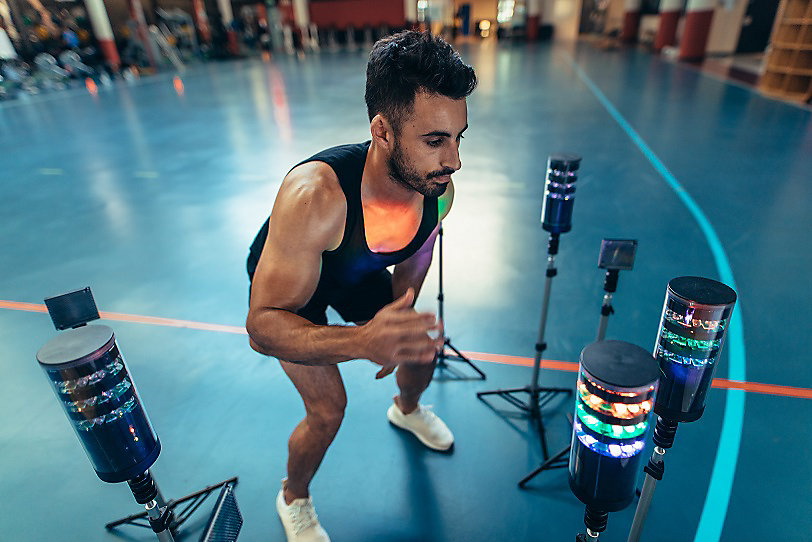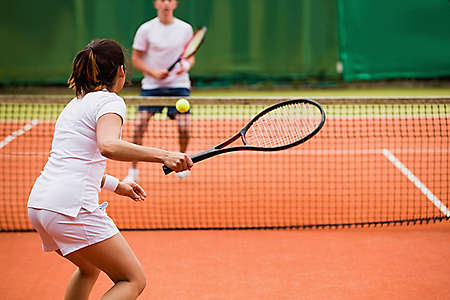References:
1. Makoto USA - Physical Performance [http://www.makoto-usa.com/physical-performance-2/]
2. FitLight - Sports Training [https://www.fitlighttraining.com/sports-training/]
3. Batak Pro [http://www.batak.com/batakpro.htm]
4. Falcone PH, Tai C-Y, Carson LR, Joy JM, Mosman MM, Straight JL, Oury SL, Mendez Jr C, Loveridge NJ, Kim MP: Changes in cognitive function and sport-specific reaction time after active and passive dehydration. In Med Sci Sports Exerc. LIPPINCOTT WILLIAMS & WILKINS 530 WALNUT ST, PHILADELPHIA, PA 19106-3621 USA; 2014: 880-880.
5. Hoffman JR, Kang J, Ratamess NA, Hoffman MW, Tranchina CP, Faigenbaum AD: Examination of a pre-exercise, high energy supplement on exercise performance. J Int Soc Sports Nutr 2009, 6:2.
6. Spradley BD, Crowley KR, Tai CY, Kendall KL, Fukuda DH, Esposito EN, Moon SE, Moon JR: Ingesting a pre-workout supplement containing caffeine, B-vitamins, amino acids, creatine, and beta-alanine before exercise delays fatigue while improving reaction time and muscular endurance. Nutr Metab (Lond) 2012, 9:28.
7. Falcone PH, Tribby AC, Vogel RM, Joy JM, Moon JR, Slayton C, Henigman M, Lasrado JA, Lewis B, Fonseca BA, et al: Efficacy of a Nootropic Spearmint Extract on Active Choice Reaction Performance: A Randomized, Double-Blind, Placebo-Controlled, Parallel Trial. 2018.
8. Ito N, Yabe T, Gamo Y, Nagai T, Oikawa T, Yamada H, Hanawa T: Rosmarinic acid from perillae herba produces an antidepressant-like effect in mice through cell proliferation in the hippocampus. Biol Pharm Bull 2008, 31:1376-1380.
9. Falé PL, Borges C, Madeira PJA, Ascensão L, Araújo MEM, Florêncio MH, Serralheiro MLM: Rosmarinic acid, scutellarein 4′-methyl ether 7-O-glucuronide and (16S)-coleon E are the main compounds responsible for the antiacetylcholinesterase and antioxidant activity in herbal tea of Plectranthus barbatus (“falso boldo”). Food Chemistry 2009, 114:798-805.
10. Fallarini S, Miglio G, Paoletti T, Minassi A, Amoruso A, Bardelli C, Brunelleschi S, Lombardi G: Clovamide and rosmarinic acid induce neuroprotective effects in in vitro models of neuronal death. Br J Pharmacol 2009, 157:1072-1084.
11. Braidy N, Matin A, Rossi F, Chinain M, Laurent D, Guillemin G: Neuroprotective effects of rosmarinic acid on ciguatoxin in primary human neurons. Neurotoxicity research 2014, 25:226-234.






